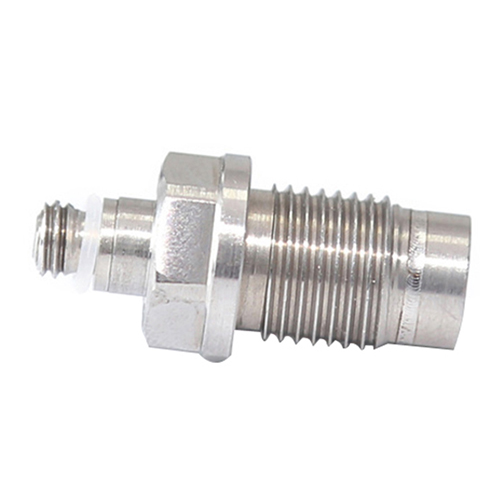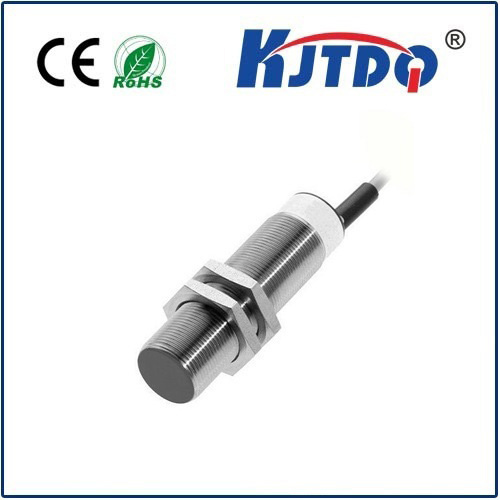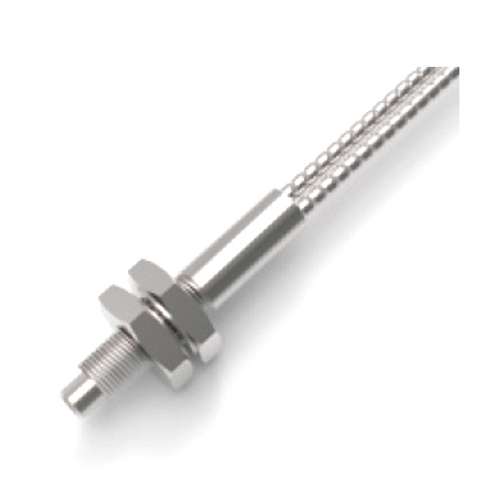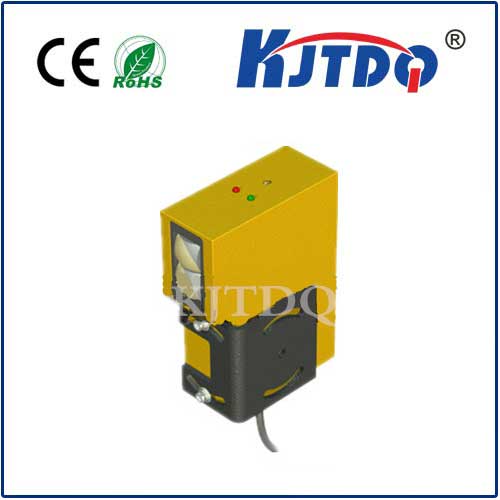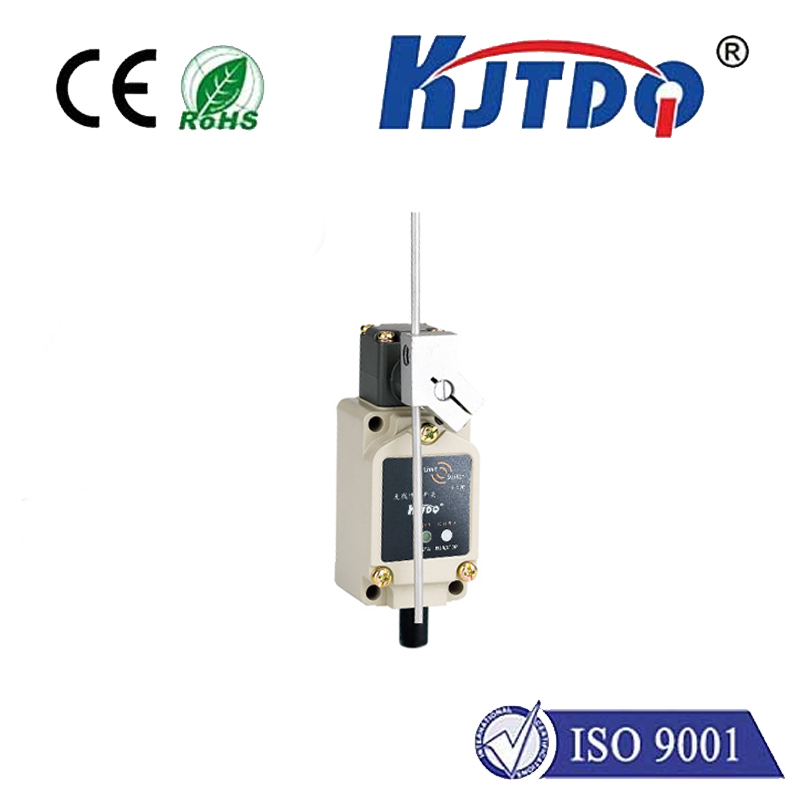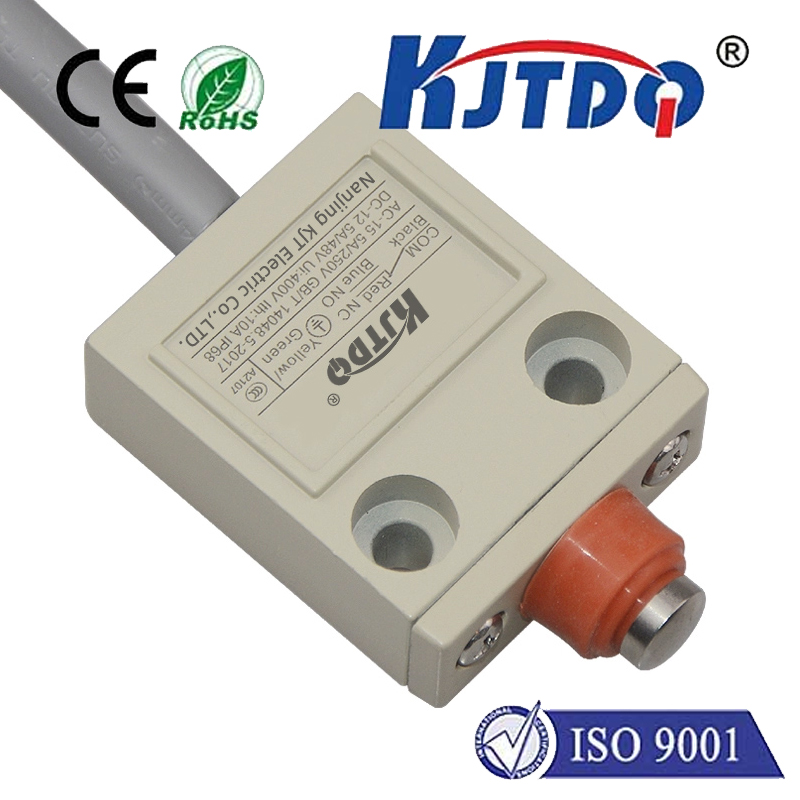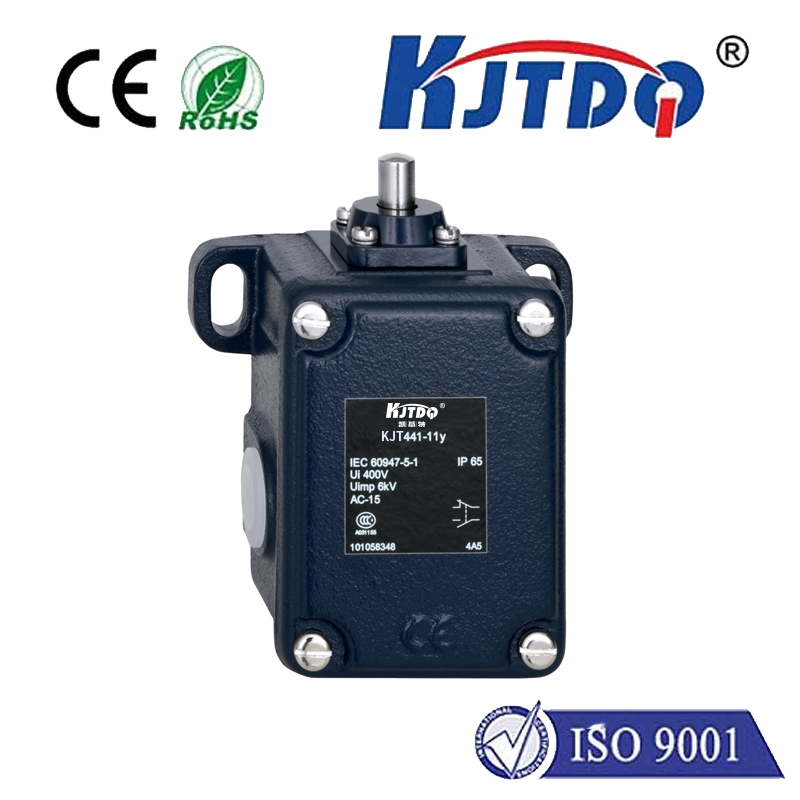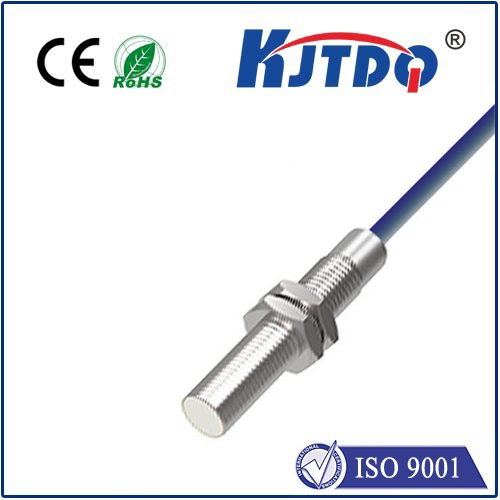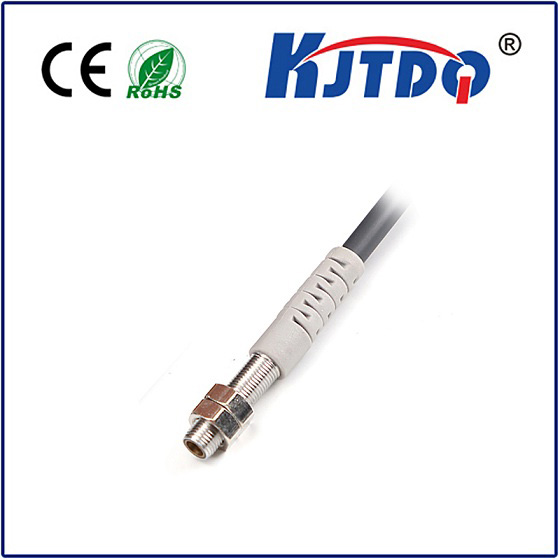BES01PF high pressure proximity sensor
- time:2025-09-30 15:25:10
- Click:0
BES01PF High Pressure Proximity Sensor: Unwavering Detection in Demanding Environments
Imagine a sensor blinking reliably deep underwater, unfazed by the crushing weight of the ocean pressing in from all sides. Picture it steadfastly monitoring a critical hydraulic piston within a forging press, enduring relentless pressure pulses that would cripple lesser devices. This isn’t science fiction; it’s the reality enabled by specialized sensors like the BES01PF High Pressure Proximity Sensor. Engineered for resilience, this sensor represents a critical tool in industrial settings where standard sensors simply cannot survive.
Proximity sensors are the unsung heroes of automation. They detect the presence or absence of an object without physical contact, using electromagnetic fields (like inductive sensors) to trigger vital actions – stopping a conveyor, counting parts, confirming a position, or preventing collisions. Their reliability underpins smooth, efficient, and safe operations. However, introduce extreme environmental pressure, and conventional proximity sensors become vulnerable. Seals can fail, housings can deform, and internal components can succumb, leading to expensive downtime and potential safety hazards.

This is the precise niche the BES01PF high pressure proximity sensor excels in. Designed specifically to thrive where pressure is immense, its core value lies in its exceptional pressure tolerance. While specific ratings vary by model and manufacturer (always consult datasheets!), sensors like the BES01PF are typically built to withstand pressures far exceeding those found in standard atmospheric conditions or even typical industrial hydraulic systems. They are fixtures in:
- Subsea Applications: Monitoring valve positions on ROVs (Remotely Operated Vehicles), underwater production equipment, and pipeline systems where hydrostatic pressure increases dramatically with depth.
- High-Pressure Hydraulics: Detecting piston positions within massive presses, die-casting machines, or extrusion equipment where hydraulic fluid operates at thousands of PSI.
- Fluid Power Systems: Providing feedback in high-pressure pumps, intensifiers, and test rigs requiring robust position detection.
- Compressed Gas Environments: Operating reliably within chambers or systems handling highly pressurized gases.
- Geothermal & Oil/Gas Extraction: Functioning in downhole tools or surface equipment exposed to extreme pressures.
So, what makes the BES01PF sensor uniquely capable? Its resilience stems from several integrated features:
- Robust, Pressure-Tight Housing: Constructed from high-grade stainless steel or similarly durable alloys, the housing is designed as a hermetically sealed unit. This critical feature prevents pressure ingress that could crush internal components or cause electrical failure. The seals and construction methodology are paramount to its high-pressure rating.
- Solid-State Reliability: Utilizing inductive sensing principles (typically), the sensor has no moving mechanical parts. This inherent solid-state design significantly enhances its longevity and resistance to shock, vibration, and the stresses induced by pressure fluctuations. Lack of mechanical wear translates to minimal maintenance needs in harsh conditions.
- Immunity to Environmental Challenges: Beyond pressure, these sensors are often built to withstand common industrial adversaries. This includes resistance to water, oils, coolants, and corrosive agents. High temperature ranges might also be specified, ensuring performance in hot processes or deep-sea thermal vents. Immunity to magnetic fields is often another crucial characteristic, preventing false signals near powerful machinery or electromagnetic sources.
- Stable Output & Sensing Range: Despite the harsh environment, the BES01PF must deliver dependable detection. It offers a stable switching signal (typically PNP or NPN) within a defined operating distance. Consistent performance is non-negotiable for safety-critical and precision applications.
- Compact Design: Engineered durability doesn’t necessarily mean bulky. Many high-pressure sensors, including variants like the BES01PF, are designed with compact form factors to fit into tight spaces often found within complex machinery or subsea structures.
Choosing the right tool for a high-pressure job is critical. Selecting a standard proximity sensor for an environment exceeding its pressure rating is a recipe for premature failure and operational disruption. The consequences extend beyond sensor replacement cost to include unplanned downtime, loss of production, potential safety incidents, and costly repairs to associated equipment. The BES01PF high pressure proximity sensor represents an investment in process reliability, safety assurance, and long-term cost reduction. Its specialized construction directly addresses the unique failure modes caused by extreme pressure, offering peace of mind where failure is not an option.
Integration Considerations are vital when deploying sensors like the BES01PF:
- Precise Specifications: Always verify the exact pressure rating (e.g., bar, PSI), temperature range, electrical characteristics (voltage, current, output type - PNP/NPN), sensing distance, housing material, and electrical connection against the application’s demands. Never assume – datasheets are your essential guide.
- Installation: Ensure the sensor is securely mounted using appropriate hardware. Pay close attention to recommended torque specifications to avoid damaging the housing or compromising the pressure seal. Proper alignment with the target is crucial for consistent detection.
- Environmental Protection: While built tough, confirm the sensor’s IP (Ingress Protection) or NEMA rating aligns with other environmental factors present, such as dust, water jets, or chemical exposure beyond just pressure.
- Electrical Compatibility: Ensure the sensor’s output type (e.g., PNP normally open) and voltage rating match your control system’s input requirements. Correct wiring is fundamental.
In industries pushing the boundaries of pressure, the BES01PF high pressure proximity sensor stands as a vital component. It transforms challenging detection tasks into reliable data points. Its ability to deliver unwavering performance – maintaining accurate switching signals while submerged deep in the ocean or embedded within colossal hydraulic machinery – makes it indispensable. When pressure is the defining environmental factor, settling for anything less than a sensor explicitly engineered for that challenge is a risk few critical operations can afford to take. Investing in a purpose-built sensor like the BES01PF translates directly to enhanced system uptime, robust safety protocols, and ultimately, a stronger bottom line.






